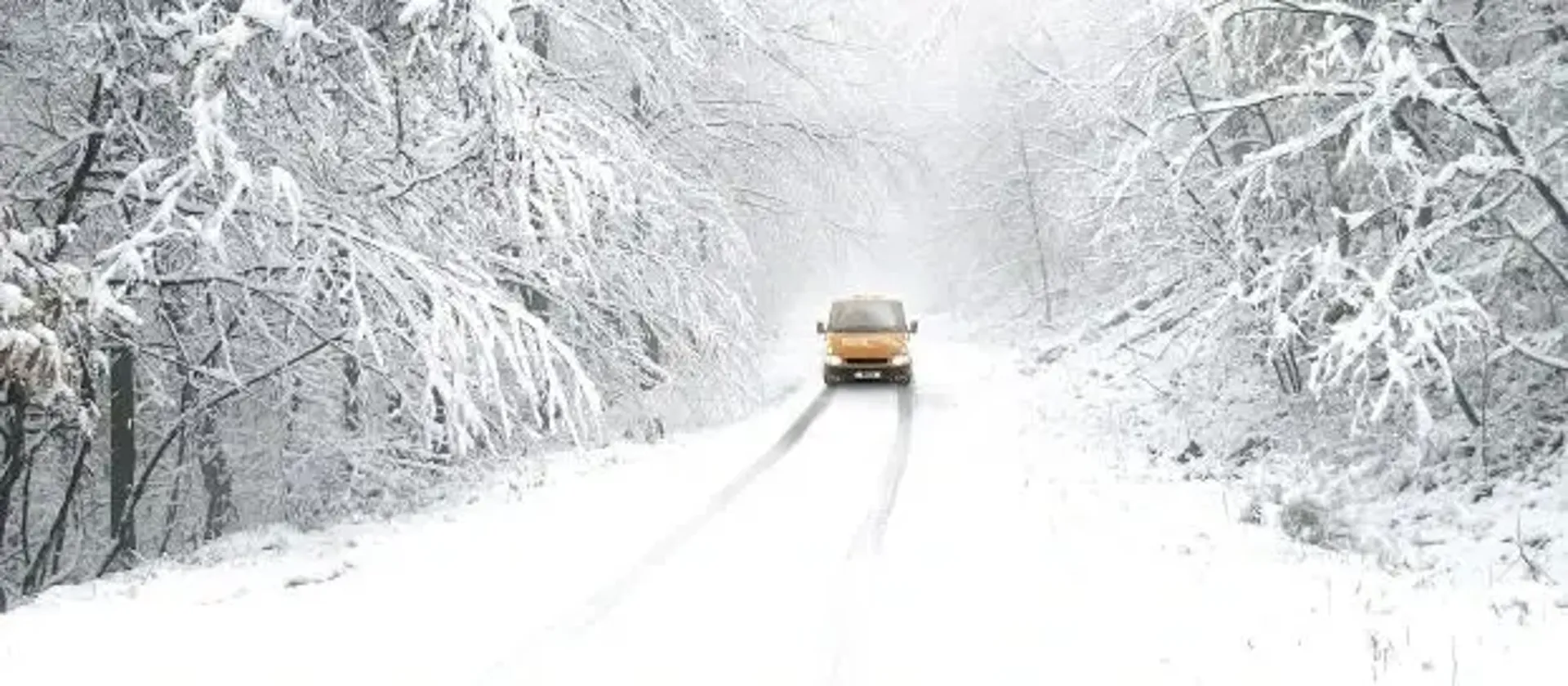
15/01/2016
The winter months bring the UK’s most predictable weather: wind, rain, ice and snow. Stop your fleet grinding to a halt by following these safety tips. Not only will they reduce the risk of accidents: they’ll also increase the longevity of your vehicles.
Battery life reduces in cold weather
Cold, wet weather is harsh on batteries. The increased usage of electrics - for heaters, headlights and windscreen wipers - doesn’t help either. A cold battery also struggles to develop a fresh charge, making dead batteries the number one call-out for vehicle recovery services in the winter months. It’s a good idea to replace fleet batteries before the worst of the weather hits, and to practice regular battery testing.
Brush up on your winter driving skills
In wet weather, it takes twice as long for a vehicle to stop. Icy roads increase stopping distance by a factor of 10. In all adverse weather conditions, visibility is vastly reduced, which has a negative impact on reaction time. Knowledge and skill are your biggest assets when road conditions are treacherous. Ensure your drivers know how to drive safely in poor visibility and stopping conditions.
Do your windscreen wipers need changing?
Fleet vehicles go through windscreen wipers at a rapid rate. With more on-the-road miles clocked up than the average vehicle, a fleet machine’s wipers are exposed to extra amounts of UV, which causes rubber to become brittle.
On average, every vehicle in your fleet will go through more than one set of wipers every year. The best time to change your wipers is now, at the beginning of the wettest and darkest months.
Tyre pressure: know your stuff
There’s a popular misconception that softer tyres give your vehicles better grip on slippery winter roads. Decreased tyre pressure actually makes a vehicle sluggish and difficult to control.
Fleet vehicles carrying heavy loads can experience rapid decreases in tyre pressure, rendering them unpredictable and dangerous in winter conditions. Keep yours topped up to the proper level, and you’ll increase driver safety and extend tyre life.
How are your tyre treads?
Tyre tread has a massive effect on driver safety during the winter months. Recommended minimum tread depth for wet or icy roads is almost double the legal minimum: 3 mm instead of 1.6 mm. Ensure all fleet vehicle tyres have the same tread depth. If some tyres are more worn than others, replace them all. It’s essential to have every tyre on your vehicle performing identically.
Headlight tips
Your headlights don’t just let you see in the dark: they’re a vital warning to other motorists. Always have lights on in winter driving conditions, no matter what time of day you’re on the road. And make sure your headlamps are clean. Dirt and road grit can significantly reduce the bulb’s effectiveness. In severe winter conditions, or when your fleet vehicles are driving long motorway distances every day, it’s a good idea to include headlamp cleaning as part of an everyday routine.
Never use fog lights when the visibility is clear. They can make it hard to see brake lights.
Are you following a winter safety routine? Let us know on LinkedIn and Twitter.


